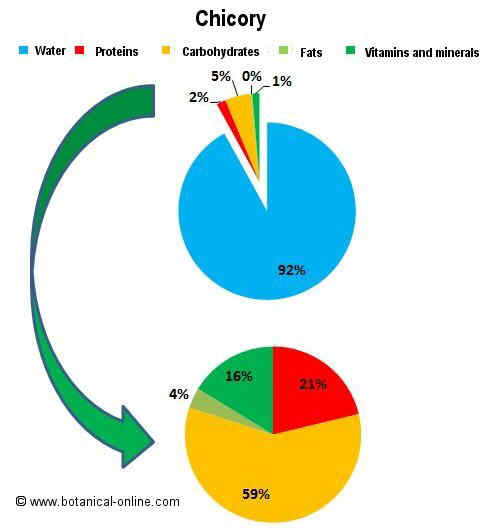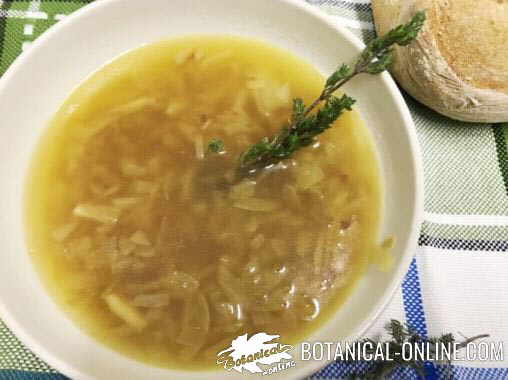Contents
Kefir toxicity
CAN YOU EAT WATER KEFIR GRAINS?
What are kefir grains?

Kefir grains, are structures inhabited by a community of microorganisms, including bacteria and yeasts. The primary microbes found in kefir are the bacterium Lactobacillus acidophilus and the main yeast, the fungus Saccharomyces cerevisiae.
These are ferments used to produce a fermented dairy product, similar to yogurt but with a more liquid consistency, called in Spanish kéfir, yogur búlgaro, leche kefirada, yogur de pajaritos (Chile) or yoca (Uruguay).
Composition of kefir grains
What looks like a sponge is actually a matrix of polysaccharides produced by a certain type of bacteria.
In the “sponge” or kefir grains live microorganisms from different families, such as the lactic acid bacteria Lactobacillus casei, fungi such as the yeasts Sachromyces kephir and acid bacteria such as Lactobacillus acidophilus.
Is it harmful or dangerous to ingest kefir grains?
It’s not advisable to eat kefir grains, but they’re neither toxic nor harmful. People who regularly consume this dairy product have probably eaten a small piece of a grain at some point. Sometimes, someone has even forgotten to strain the kefir and has eaten a good-sized piece of it without realizing it.
What problems can eating kefir grains cause?
The “sponge” in kefir grains is made of polysaccharides (fiber), so it’s not a toxic component. The danger of eating too many grains is that you may be ingesting a large number of microbes capable of colonizing the intestinal tract and causing infections.
In the case of children, especially the youngest ones, it is important to strain the kefir to avoid possible choking.
Tips if you have eaten a lot of kefir
If you have accidentally consumed a large quantity of kefir grains, it is recommended that you pay attention to possible signs of infection, such as fever, abdominal pain, indigestion, bloating, or diarrhea. If these or other unusual symptoms appear, contact your doctor.
![]() More information on kefir and its derivatives
More information on kefir and its derivatives








